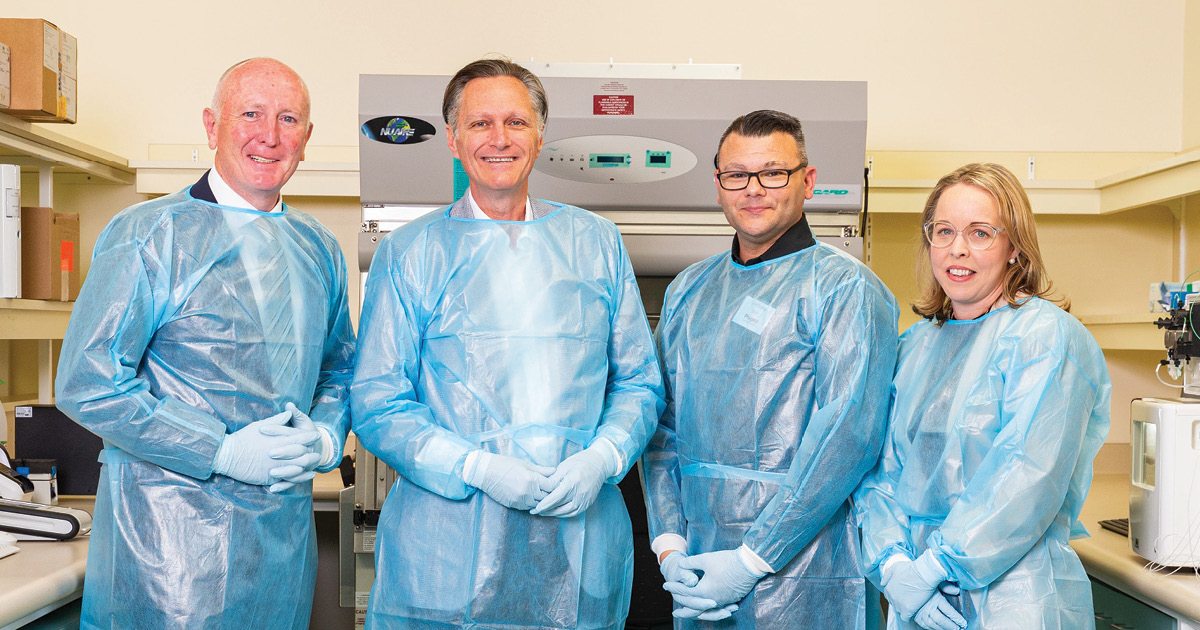Search
Research
Minimal structural lung disease in early life represents significant pathologyIn this cohort, as compared with the AREST CF cohort, the authors highlight the limited correlation between infection and inflammation with lung function and structural impairment, and that this was mainly explained by the mild changes identified in lung function and on chest CT scan.
Research
Financial Interventions to Increase Vaccine CoverageRecent vaccine mandates in Australia, as in other high income settings, have sought to change the behavior of parents, including those who would otherwise access nonmedical exemptions. Since 2014, Australian state governments have introduced and progressively tightened policies restricting the access of unvaccinated children to early education and child care.
On this Research Impact page, learn about our work that's actively translated as Government policy or in active practice. Learn how our research is making a difference in people's lives - not tomorrow, next week, or next year - but today!

The following maps provide a visual insight into how the number and rate of Indigenous suicides varies across different regions of Australia.

Helping children build resilience and cope with the trauma associated with medical emergencies and chronic health conditions is the focus of a promising pilot program being undertaken by The Kids Research Institute Australia.

Western Australia’s first bacteriophage manufacturing facility has been opened in a significant development that brings patients battling antibiotic-resistant infections a step closer to life-saving phage therapy.

The NATSISPEP will formally evaluate a range of existing Indigenous suicide prevention programs and services to develop an evidence base for 'what works'.

A pilot clinical study has found an immunotherapy drug can dramatically increase survival rates for babies with a rare form of leukaemia, paving the way for a major international clinical trial.

The Institute's Standards for the Conduct of Aboriginal Health Research outline our ways of working with Aboriginal communities and peoples.
The social and emotional wellbeing of Aboriginal children and young people
